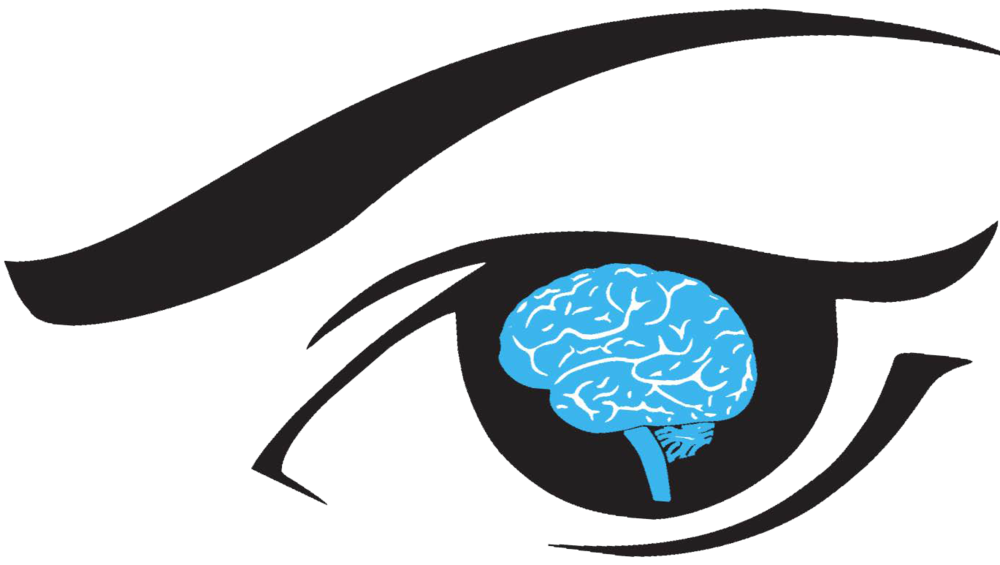Pediatric Optometry
A vision screening at a school or pediatrician's office, although helpful, is not the same as a comprehensive eye exam.
Specialized equipment and procedures, which are not available as part of a vision screening program, are needed to adequately evaluate your eyes and vision.
Only an optometrist or ophthalmologist can conduct a comprehensive eye and vision examination. These doctors have the specialized training necessary to make a definitive diagnosis and prescribe treatment.
A comprehensive eye and vision examination includes:
- Patient and family health history
- Visual acuity measurement
- Preliminary tests of visual function and eye health, including depth perception, color vision, peripheral (side) vision and response of the pupils to light
- Assessment of refractive status to determine the presence of nearsightedness, farsightedness or astigmatism
- Evaluation of eye focusing, eye teaming and eye movement abilities
- Eye health examination
- Additional tests as needed
Vision screening programs can't substitute for regular professional vision care. Children who pass a vision screening could still have an eye health or vision problem. Professional examinations are the only effective way to confirm or rule out any eye disease or vision problem. The American Optometric Association recommends the following frequency of eye and vision examinations by age.
Recommended Examination Frequency For the Pediatric Patient
Patient Age
Birth to 24 Months
2 to 5 years
6 to 18 years
Examination Interval - Asymptomatic/Risk Free
At 6 months of age
At 3 years of age or as recommended
Before first grade and every 2 years thereafter
At Risk
By 6 months of age or as recommended
At 3 years of age
Annually or as recommended
Children considered to be at risk for the development of eye and vision problems may need additional testing or more frequent re-evaluation. Factors placing an infant, toddler, or child at significant risk for visual impairment include:
- Prematurity, low birth weight, oxygen at birth, grade III or IV intraventricular hemorrhage
- Family history of retinoblastoma, congenital cataracts, or metabolic or genetic disease
- Infection of mother during pregnancy (e.g., rubella, toxoplasmosis, venereal disease, herpes, cytomegalovirus, or AIDS)
- Difficult or assisted labor, which may be associated with fetal distress or low Apgar scores
- High refractive error
- Strabismus
- Anisometropia
- Known or suspected central nervous system dysfunction evidenced by developmental delay, cerebral palsy, dysmorphic features, seizures, or hydrocephalus
